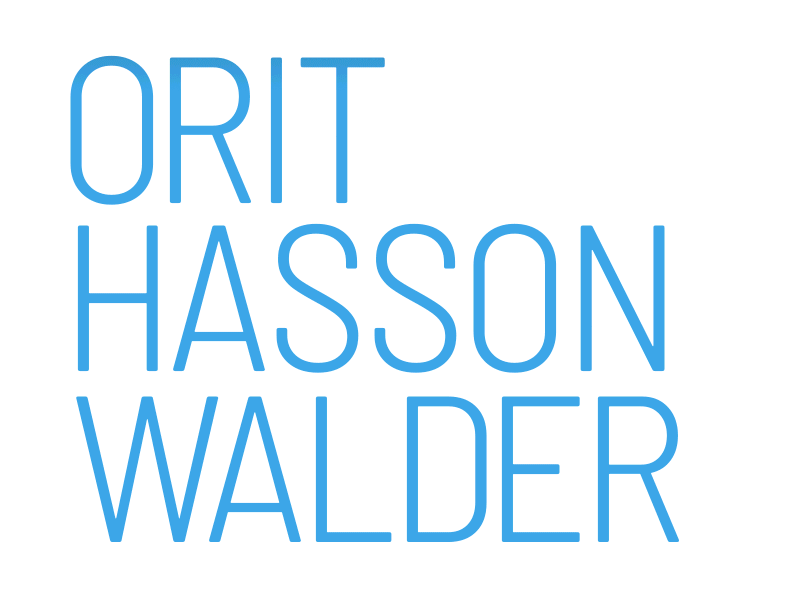Men Singing / Michel Platnic / להוסיף
Men stamping their feet, clapping hands, and singing are only some of the repertoire of gestures in artist Michel Platnic’s new video created especially for the Ramat Eliyahu Art Workshop Gallery.
Whether sitting or standing, marching or standing in place, the three men present songs and stories recalled from childhood and youth. The title of the exhibition hints at the prohibition of men hearing singing by women, and the women’s exclusion from public spaces, on the rise in headlines in Israel. In contrast are the songs by male laymen in the private space. When referring to the exclusion of women, the father narrates a story about his feelings of being neglected by the community as a male immigrant from Ethiopia, since it is the women who are mostly being nurtured by the women of the community.
The exhibition is devoted to the multiple generations in the Ethiopian community present in the space through their voices and singing. They “illuminate” various corners of the darkened space like fireflies as the spotlights shine on them, creating intimate spaces. The size and shape of the thin metal rods slinking down from the ceiling and which seem to grow out of the floor are reminiscent of oars. In some sections of the video, two out of the three men are “frozen” for a few seconds while the third continues to sing and move, and vice versa. As in a re-enactment of an historical event, here, too, the men re-enact a past situation imprinted in their memories. The re-enactment by the moving figure is a double repetition: the men repeat the moment from their childhood, which is then re-recorded. The man who participated in the earlier event adds a new meaning to the event. Songs by the sons born in Israel or who immigrated to Israel provide a new interpretation to the texts. The reappearance of these songs in Amharic sung by young men, Amharic speakers proud of their mother tongue and cultural heritage, constitutes a personal as well as a political act.
Michel Plotnic, a multidisciplinary artist who immigrated from France, engages in intergenerational relationships, seeking to decode relationships crossing continents and countries in most of his works. The juncture of the biography of the young immigrants from Ethiopia with the artist’s own very different biography exposes the moments of transition and replacement of one’s native language with Hebrew. The video interrogates memory, what and how it is recorded, what can be transmitted and mediated in another language compared to what is left out on the way and lost.
Participants in the video: Belay Abeba, Jamara Abeba, Agar Asepa.
***
In the Gallery of All Things: MAPLE & WALNUT
The Gallery of All Things is an alternative exhibition space in the spirit of the 19th century “cabinet of wonders.” Boris Kravitz, illustrator and costume designer is exhibiting wooden toys, some of which are associated with childhood while others are not at all innocent or childish. Among his sculptures are warrior figures, animals, and a self-portrait on a matriyushka – nestling dolls. In the cabinet is a political work with the title a pun in Hebrew – Demolition Order / Turtle, a hybrid between a turtle and bulldozer used for demolition. Kravitz refers to his experience in Baka-al-Gharbiyeh visiting Arab farmers, and witnessing the demolition orders given to sheep-herding families in the northern Jordan Rift.
***
Opening night featured Culture Form/ Tzurat Tarbut by Choreographer Renana Raz and dancers from the Tenuat Tarbut/Cultural Movement dance group.
Rehearsals were held in the studio at the Ramat Eliyahu Art Workshops site for this work engaged in forms, studying the choreographic, emotional, and content associations embodied in forms: forms as geometric objects and as reflecting and representing ideas or values. The piece examines how we observe forms, asking which came first – the idea or the form? In what forms do groups take shape, and in which details and ways are forms experienced as seen through time?
